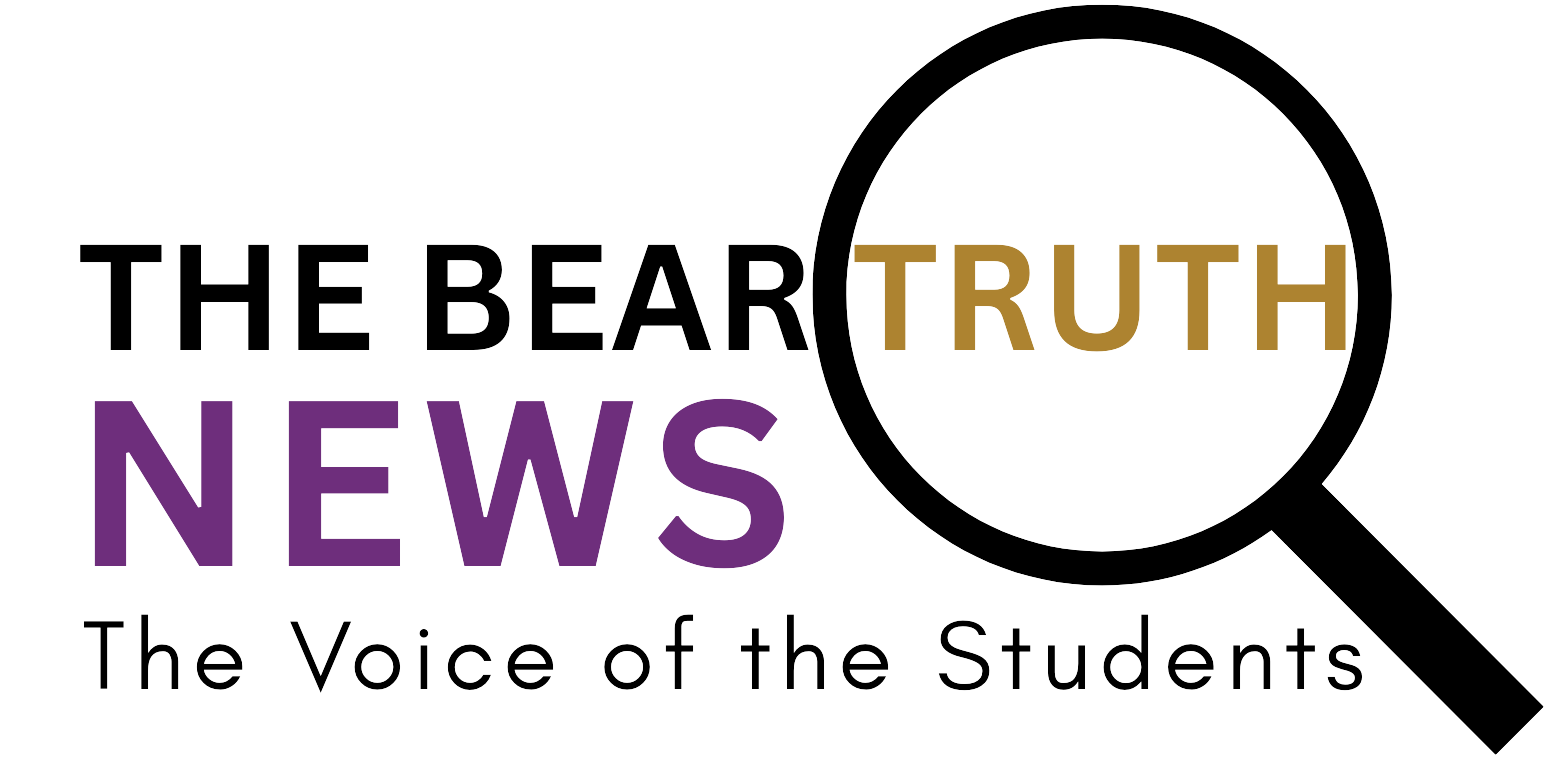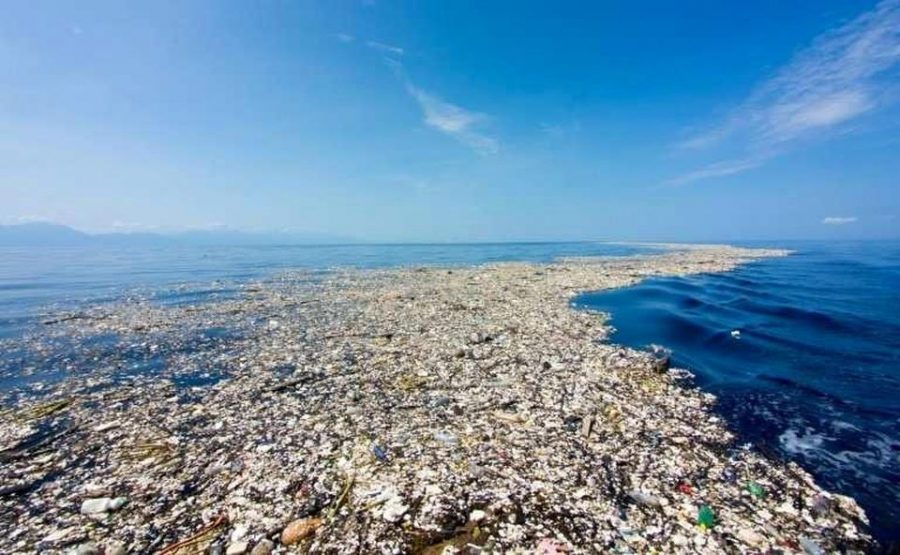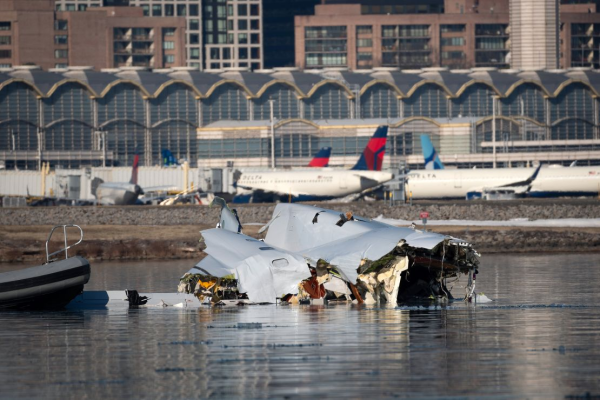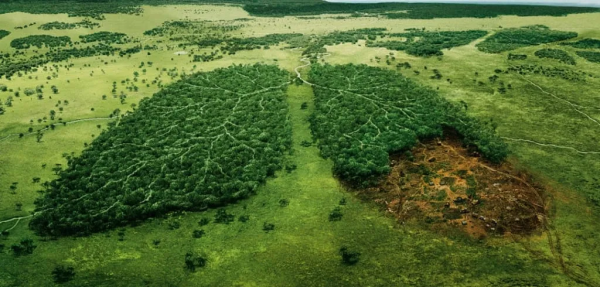The Great Pacific Garbage Patch continues to grow
The Great Pacific Garbage Patch, located in the North Pacific Ocean is one of the largest five offshore plastic buildup zones. It is a part of the North Pacific Gyre, an ocean region where the currents collect plastic.
Measuring more than 1.6 million square kilometers, the patch was first discovered in 1997 by Charles Moore, a yachtsman who was sailing through plastic bottles and other debris. The Pacific garbage patch has about 1.8 trillion pieces of garbage and weighs 88,000 tons.
Plastic can get into the oceans in so many ways, from boats, rivers, and factories. This is what’s killing marine life. One million seabirds and 100,000 marine animals are affected by this waste and so many other species as well. For example, Sea Turtles mistake a plastic bag as a jellyfish and eat it, or an Albatross can think that the plastic resin pellets are fish eggs so they feed it to their babies.
To clean up the entire Pacific Patch would be impossible. Experts say that to clean up at least 50% of the Great Pacific Patch would take up to five years. To help speed up this process we can do some things to help reduce plastic use.
For example, when you go grocery shopping, bring your own reusable shopping bag and stay away from anything that is plastic such as water bottles, plastic packaging, and anything else plastic. Another great way to help is by participating in beach clean-ups that way you are preventing any more plastic from getting into the oceans.







